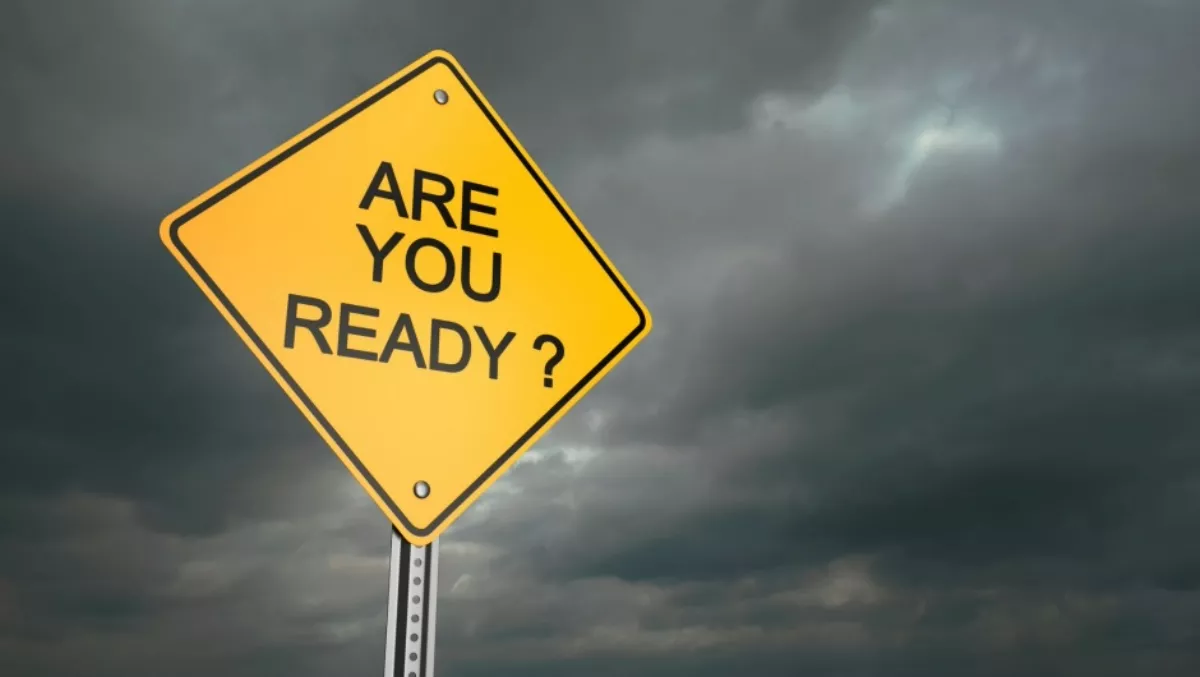The first Internet of Things Innovation Forum in New Zealand was held last week, with event designed to bring together a range of industry and academic experts to share their vision for a ‘better connected world'.
Hosted by Huawei, the event took place at Auckland Viaduct Event Centre as part of Tech Week.
According to Huawei, the shift to an ultra-broadband future and next generation mobile networks will provide the framework for widespread interconnectivity of devices, from the small and simple to the large and complex.
The company believes that by 2025 there will be over 100 billion connections globally.
The event saw Huawei South Pacific Region CMO Lim Chee Siong encouraged New Zealand business leaders, industry stakeholders, and agencies to start preparing for the future today.
“The New Zealand of 2025, or even 2020, will not be the same as the New Zealand of today,” Siong says.
“The internet of things will be far bigger than anyone realises. Economic impact from the global IoT market by 2020 is estimated to be US$7.1 trillion, and this is a conservative projection,” he explains.
“Of all the technology trends taking place right now, perhaps the biggest one is the internet of things; it's the one that's going to give us the most disruption, as well as the most opportunity over the next five years,” says Siong.
Huawei New Zealand CEO Jason Wu says the IoT would benefit hugely from next generation networks, able to support massive numbers of connections, vast data levels and provide near ubiquitous coverage.
According to Wu, many devices would be low-powered, requiring only intermittent data connections, but may be deployed in massive numbers, such as sensors for use by farmers that could report on the health of individual livestock, or soil conditions. Wu says Huawei believes those devices would benefit from carrier-grade and standards-based narrowband IoT (NB-IoT) technology – a low-cost solution which can deliver wireless, low-power and wide-area networks.
Wu adds New Zealand was well placed to take advantage of IoT innovations.
“Huawei has been involved in many projects recently which have significantly advanced New Zealand's broadband networks. Fibre and 4G are now widespread, and this month Huawei and Spark enabled New Zealand's first 4.5G site, with speeds of up to 1 gigabyte per second, in Christchurch,” he says.
“The IoT will offer enormous opportunities for a well-connected country to innovate and be at the forefront of this revolution.
At the event, Auckland Mayor Len Brown thanked Huawei for the company's commitment to fostering innovation in the Auckland region and wider New Zealand.

